
Human digestive system: Human digestive system, the system used in the human body for the process of digestion. The human digestive system consists primarily of the digestive tract, or the series of structures and organs through which food and liquids pass during their processing into forms absorbable into the
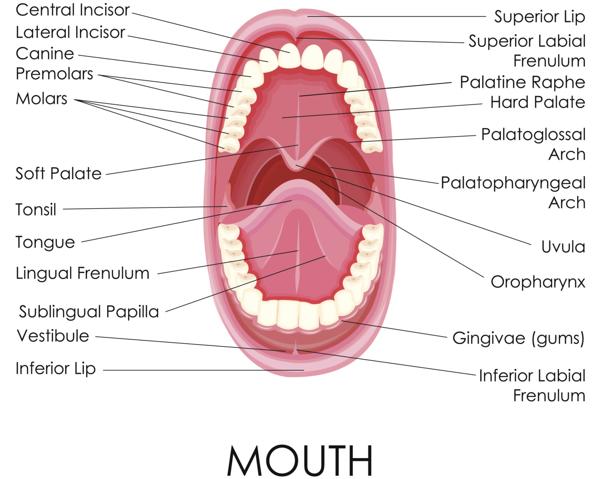
The human digestive system converts food into nutrients that the body needs. A description of the digestive system’s function, organs and diseases that affect it.
An overview of the pig’s digestive system – mouth, stomach, small and large intestines by Joel DeRouchey and colleagues at Kansas State University’s Applied Swine Nutrition Team, presented at the Swine Profitability Conference 2009.
Digestive system. Digestive systems take many forms. There is a fundamental distinction between internal and external digestion. External digestion developed earlier in evolutionary history, and most fungi still rely on it. In this process, enzymes are secreted into the environment surrounding the organism, where they break down an …
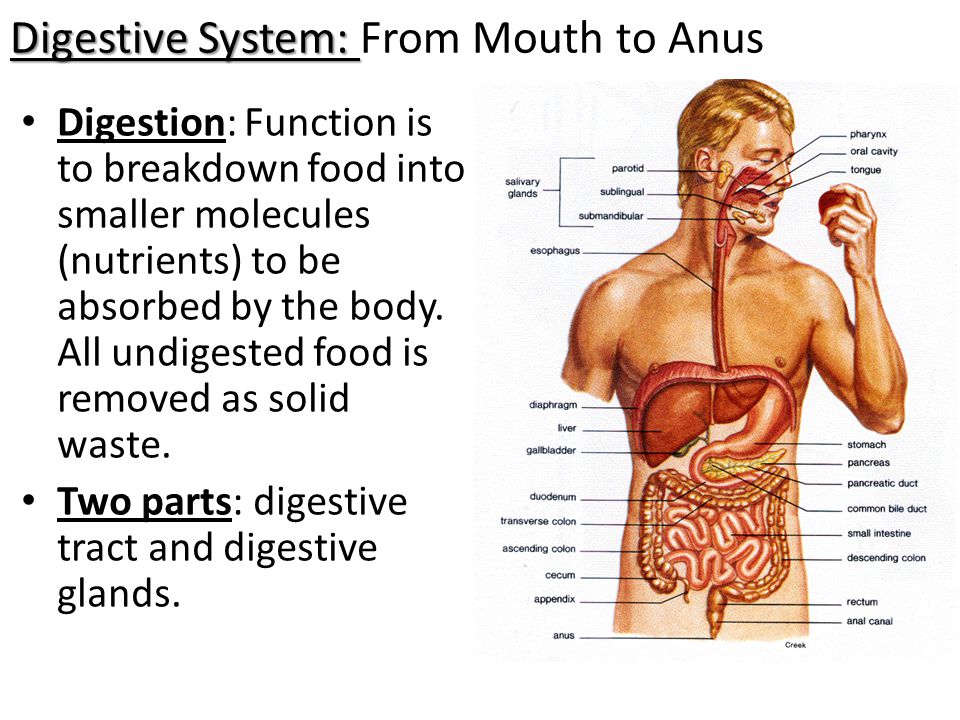
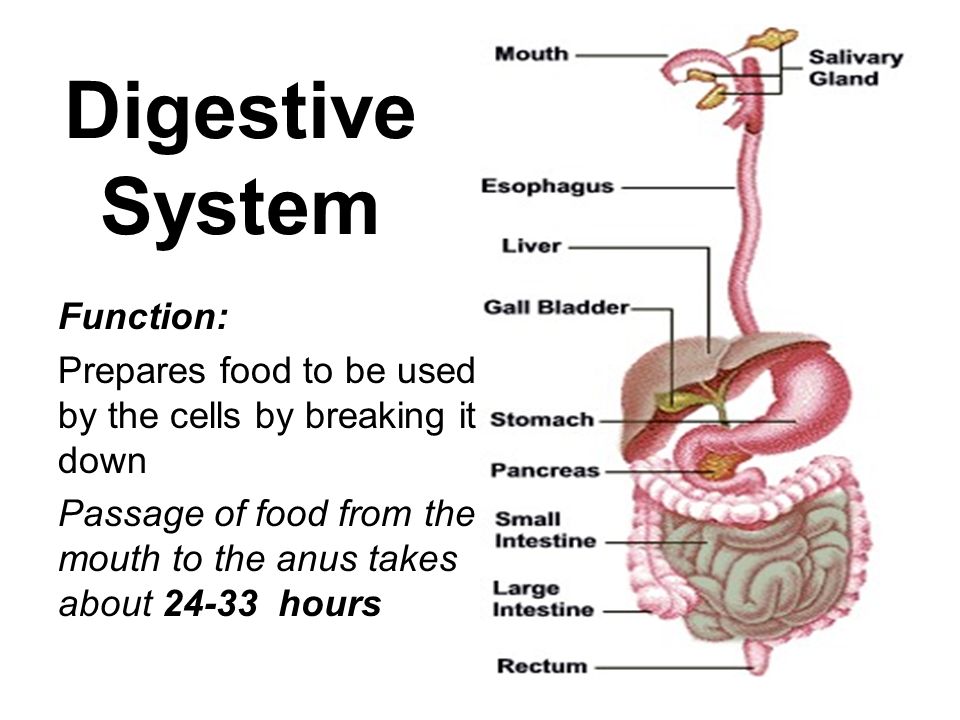
The human digestive system is responsible for food ingestion and digestion as well as the absorption of digested food molecules and the elimination of undigested molecules.
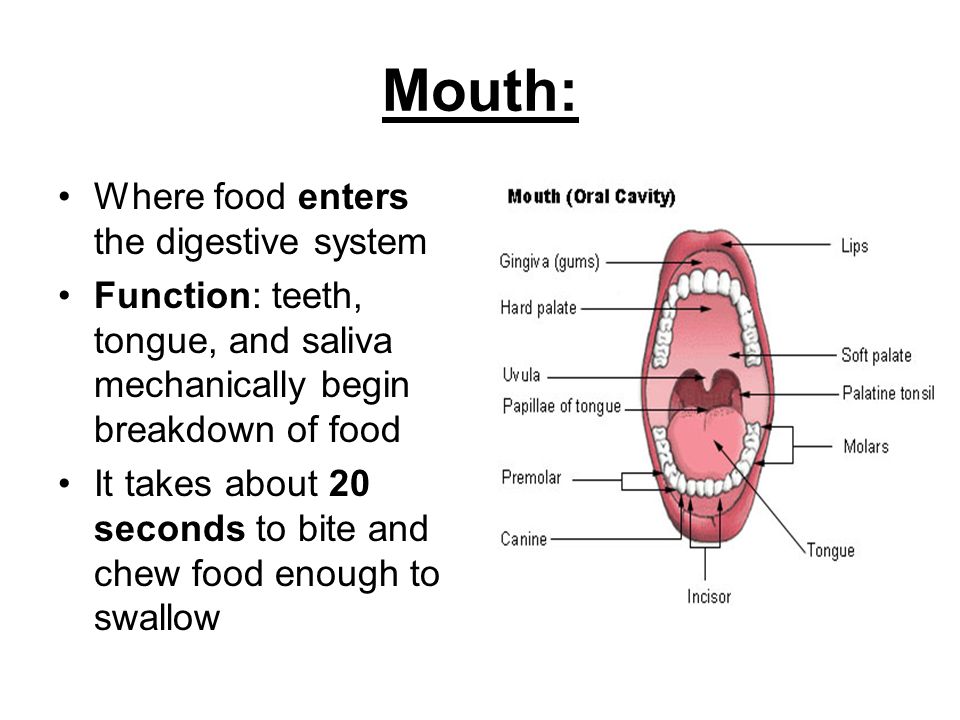


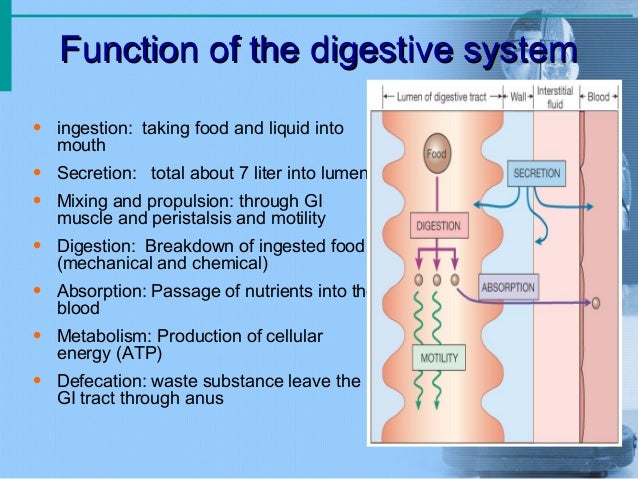
The digestive system breaks down the food you eat. Learn how in this article for s.
The digestive process starts even before the first bite of food. Find out more about the digestive system and how our bodies break down and absorb the food we eat.
They jejunum is the largest section of the small intestine. It is the chief of nutrient absorbtion in the digestive system. Learn about the mouth…
The first function of the digestive system is ingestion, or the intake of food. The mouth is responsible for this function, as it is the orifice through which all food enters the body.

Biology4s.com! This tutorial introduces the digestive system. Other sections include cells, plants, invertebrates, and vertebrates.
